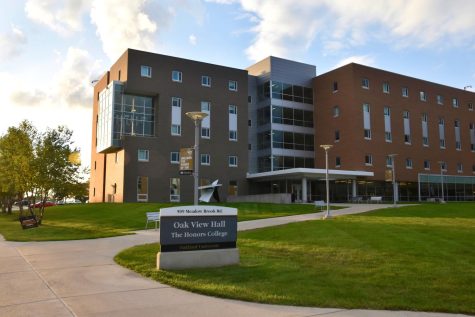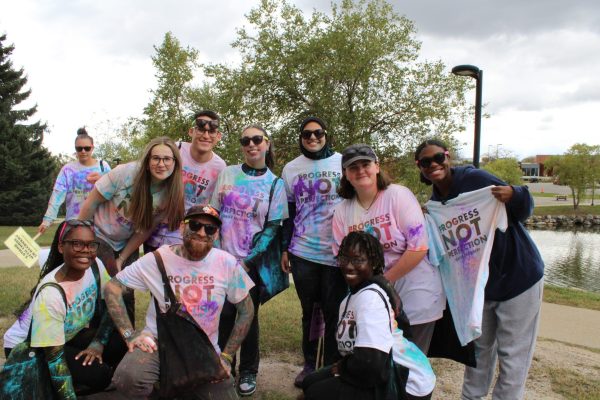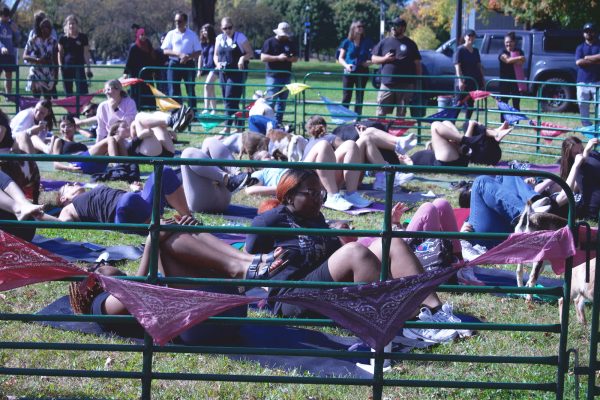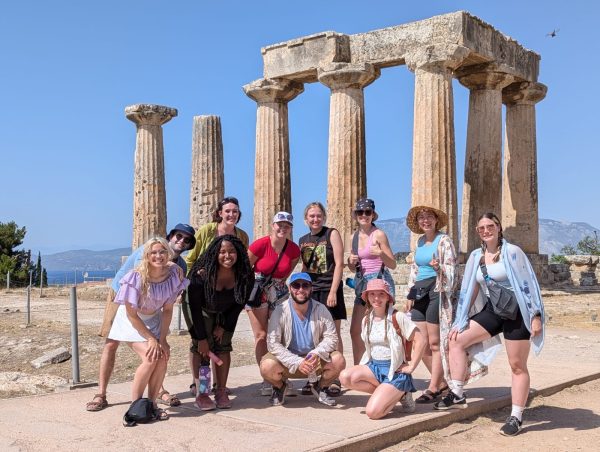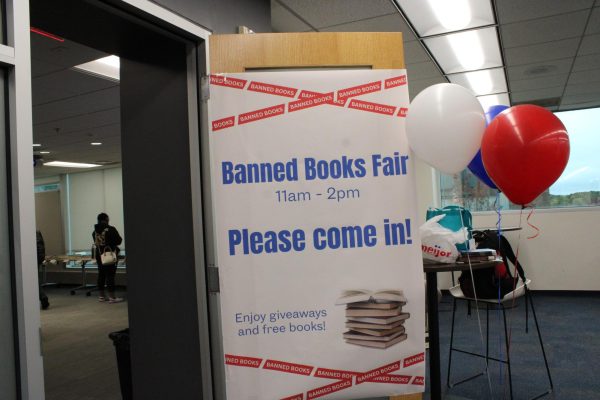Student veterans express concerns over ROTC
As the fall semester kicks-off at Oakland University, student organizations are eager to become more involved in an altered college life experience.
For students interested in joining the military during college or post college, the Air Force Reserve Officer Training Corps (AFROTC) Detachment 390, a crosstown agreement with the University of Michigan, is a program designed to prepare students for military service.
The program is designed to give students an opportunity to learn about the different roles cadets have as they gain experience to become Air Force officers while earning a college degree.
Cadets can enroll in either the four-year program or the three-year program, depending on requirements and per permission by the Detachment Commander. Air Force ROTC also offers three types of scholarships that students can compete for.
While in the program, OU students are able to take classes at the Ann Arbor campus of the University of Michigan, where active duty officers teach classes ranging from aerospace studies to leadership management, as well as national security affairs.
Tyler Hemle, a senior graduating in December, enrolled in the ROTC program halfway through his OU education.
“I’ve always wanted to be in the military but I was trying to figure out the best route to take at this point because I had already started college and I just wanted to finish and get it over with,” Hemle said. “Then I figured out what ROTC was, looked around to see if there were any ROTC opportunities in the area and because OU has a cross-agreement with University of Michigan Air Force ROTC, it worked out really well.”
Hemle enrolled in the three-year program as a sophomore, and now as a senior cadet, he’s taking aerospace studies in the 400 level.
Whether a student decides to do the four-year program or the three-year option, the education is the same. Freshmen cadets take 100 level classes all the way to 400, and are required to attend physical and leadership training.
After completing sophomore year, cadets go to field training in the Maxwell Air Force Base in Alabama.
Once field training is complete, cadets will come back to school as Professional Officer Corps (POC’s), where their new duties include instructing new cadets in the program. Throughout ROTC, cadets will also get to shadow active duty officers to learn of potential career options.
“Right now, the Air Force is really pushing the aviation type career field, and there’s four types of them: Pilot, Combat Systems Officers, Air Battle Manager and RPA (Remotely Powered Aircraft), which are basically drone pilots,” Hemle said.
Hemle wanted to be a Hive Combat Systems Officer, but instead got chosen to be a Combat Systems Officer.
For now, Hemle is awaiting his top secret security clearance process, but once he gets his answer, he will have to go to Conrad Patterson Air Force Base in Ohio, where he will have to go through a flight physical.
However, the cross-town agreement between the two universities only acknowledges the ROTC branch of the Air Force – there’s no Army or Navy ROTC. Although the program dates back to as far as 2015, OU has done minimal to advertise the program to the student body, as well as not commiting to bringing the Air Force ROTC Detachment 390 program to campus.
Mason Turrell, president of Student Veterans of Oakland University, has been advocating for the university to establish an official branch of the Air Force ROTC program on OU’s campus, but doesn’t feel like the OU is doing enough to do so.
“There’s no reason why they can’t have ROTC on campus,” Turrell said. “It baffles me why the university doesn’t want it.”
While other universities around the state take advantage of the program, OU seems to be falling behind. Students wanting to learn about ROTC have to do some deep research within OU’s main website to find anything regarding ROTC (under “other academic programs – 2020-2021 undergraduate catalog).
For contrast, Western Michigan University and Central Michigan University have entire pages and subpages solely dedicated to providing information about ROTC.
“If you look around the state of Michigan, at higher education institutions, like WMU for instance, they are largely known for their ROTC programs, and they get a lot of money for it, it’s huge there,” Turrell said. “In the years that I’ve been here, since 2016, I’ve assisted students with over $8.7 million worth of tuition benefits. Imagine if they had an ROTC program, it would be guaranteed money.”
Even at the Ann Arbor campus, advertisements and banners advocating for ROTC are placed all over the University of Michigan, according to Hemle.
“Literally no one here knows that we have a cross-town agreement with U of M to do ROTC,” Hemle said. “I think it would be great if we had a way for students to just know about it.”
For Turrell, the program is an option for students who want to do more with their college experience.
“The Air Force ROTC is a great opportunity if you want to go into the Air Force after college,” Turrell said. “The primary goal is to get students into the program, keep them in college, graduate them, and then go into the Air Force.”
Once Hemle passes his flight physical test, he will graduate, finish his ROTC requirements and then he will commission as a second lieutenant in the Air Force.
“Being a good person, helping people out and earning that respect, that’s essentially what you get when you finish ROTC,” Hemle said. “Even if they [students] go into the program and they decide they don’t want to continue, there are still professional development qualities that they’ll have just for being in the program.”
To learn more about Air Force ROTC Detachment 390, visit their website.



